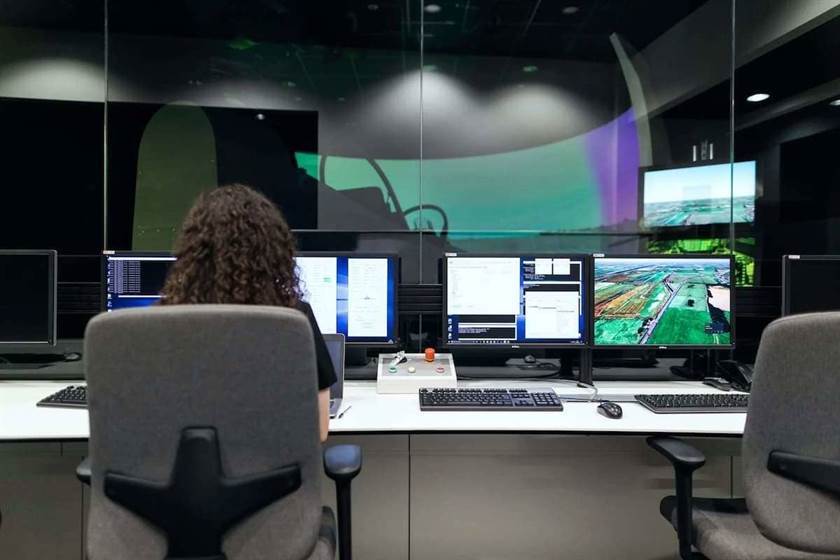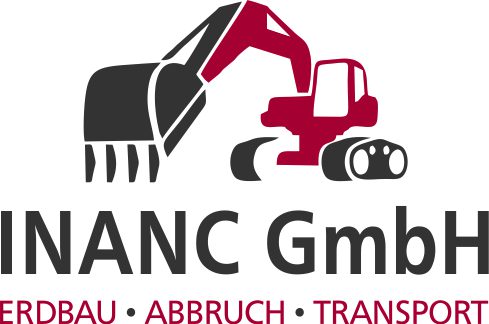Docker can work like a allure and significantly pace up the development course of. Developers that set up dependencies on their machine and not within the Docker images. Docker configuration mixed with further handbook commands to be executed.

These containers run persistently throughout completely different environments, making certain software behaves the same method, regardless of the underlying infrastructure. Containers are lightweight, efficient, and may be simply shared and deployed, making them a superb choice for net development projects. The very first benefit of Docker is that it provides you with a consistent and isolated environment.
The Case For Docker Containers
You’ll want to use a container orchestration software to monitor and handle container lifecycles in additional refined setups. Although Docker has its similar orchestration software (Docker Swarm), most builders favor Kubernetes. On the other hand, a container is a chunk of software that allows separate aspects of an utility to operate independently. Containers are essential when we want to maximize the performance of operating functions while employing the fewest servers possible. A digital machine (VM) is a piece of software program that allows you to set up other software program inside it and operate it virtually somewhat than putting in it immediately on the pc.
I’d look to resolve the foundation drawback as an alternative of bolt-on something that simply fixes the signs. Similarly, I assume it’s the same with utilizing Docker for local improvement. Most of the time, the repo or app structure should not be that complex where Docker is important. Virtual machines are large (gigabytes), each one containing a full working system. Only so many virtualized apps can be consolidated onto a single system. After a sure point, VMs aren’t able to deliver the kind of velocity, agility, and savings that fast-moving companies are demanding.
A Dockerfile is a script containing step-by-step instructions on building a Docker image. It specifies the bottom image, dependencies, application code, system configurations, and other requirements for working the appliance in a container. Dockerfiles permit builders https://www.globalcloudteam.com/ to define their application setting in code, promoting transparency and version control. Docker-based applications are easy and could be rapidly put in on other computers.
Linkadding Mongodb With Docker Compose
Essentially Docker daemon serves because the management center of your Docker implementation. Docker containers are the live, working cases of Docker photographs. While Docker pictures are read-only files, containers are life, ephemeral, executable content material. Users can work together with them, and administrators can modify their settings and situations using Docker commands.
The Docker containers allow you to commit adjustments to the Docker photographs and version management them conveniently. For occasion – in case you are having some points with the current or upgraded model of the image – you probably can rapidly roll back to a previous stable model of the Docker picture. Docker lets you easily track successive versions of a container and examine the differences earlier than rolling again to the previous variations. In addition, the containers can maintain all configurations and dependencies internally and the elements from the earlier layers may be reused by the containers for higher efficiency. For instance, if one utility requires Node model 7 and one other requires Node model 9, the developer can create two separate isolated environments in two Docker containers.
The platform’s highly effective visible development surroundings enables you to design knowledge models, enterprise processes, and user interfaces with out writing any code. This approach hastens and democratizes the event course of, permitting even non-developers to create scalable, environment friendly, and secure functions. You can run your Docker container on any OS-compatible host (Linux or Windows) that has the Docker runtime put in. Developers add new libraries, providers, and different dependencies to the software day by day. The more complicated turns into your software the tougher it’s to maintain monitor of all of the elements which are required for it to run.
- Docker could speed up your improvement process considerably, however not essentially your app itself.
- It’s attainable for builders to create containers without Docker, by working directly with capabilities built into Linux and other working systems.
- Before Docker, if we wanted to run a project on a different machine, we needed to set up all of the dependencies together with libraries, configs, and companies like databases or cache.
- JetBrains is beginning to supply the capability to use Docker images as remote interpreters for Node and Python when running and debugging purposes.
- On the other side, improvement teams consider bringing new options of Docker and upgrades.
Docker images are versioned and may be stored in a registry, making it straightforward to share and distribute the appliance amongst staff members or deploy it to numerous environments. Suppose there are 4 builders in a group engaged on a single project. Meanwhile, one is having a Windows system, the second is owning a Linux system, and the third & fourth ones are working with macOS. And such conditions, especially on an organizational or larger level, often trigger numerous conflicts and problems all through the complete software growth life cycle. However, the containerization instruments such as Docker eliminates this downside.
Issues Docker Containers Don’t Solve
You don’t use docker run as that command would create a new isolated container. Similar to how NPM works, Docker provides us entry to a big registry of Docker pictures known as Docker Hub. From Docker Hub, you can pull and run totally different versions of Node as photographs.
Dockers are most popular by users for its primary benefits corresponding to its Performance, Scalability, and Profitability. A self-contained, executable package deal that can be used in a container. A Docker picture is a binary that incorporates all of the essential parts for executing a single Docker container and metadata specifying the container’s requirements and capabilities. You might deploy your containerized program to some other system that runs Docker after testing it. You can be assured that it is going to perform exactly because it did during the take a look at.

It’s also potential to save lots of on prices of software licenses, since you want many fewer operating system situations to run the identical workloads. Virtual machines additionally helped reduce costs, as a result of more VMs could be consolidated onto fewer physical machines. Legacy systems operating older applications could what is docker in software development be became VMs and physically decommissioned to keep away from wasting much more money. Because the Dockerfile is a recipe for creating the container, you can use it to provide a software program invoice of supplies (SBOM). This makes clear what dependencies — including the particular version — go into building the container.
Although it is potential to create a Docker picture from scratch, most developers use well-liked repositories. A single base picture can be utilized to create a quantity of Docker photographs, and all the created images will share the identical stack. An picture incorporates every thing wanted to run an application, together with the executable code, any software program that the applying depends on, and any necessary configuration settings. You can either create your images (using a Dockerfile) or use pictures created by others and made obtainable in a registry (such as Docker Hub).

So in case your app is comparatively easy and does not require any further instruments or services, you could start with out Docker. Kubernetes is an open-source container orchestration software program software that has evolved from a Google inner project. Kubernetes manages container-based systems by scheduling and automating processes like container deployment, updates, service discovery, storage provisioning, load balancing, well being monitoring, and more. Docker is a containerization platform that is free and open supply. Containers make distributing distributed programs easier, they usually’re rising in popularity as firms move to cloud-native development and hybrid multi-cloud settings. Docker containerization is not the only benefit of using AppMaster.io.
These all can cause lots of frustration, points and ultimately, might price real money. So if your improvement group would not know how to use Docker correctly, don’t use it simply because everybody does. Compose is a Docker software that allows you to define and operate multi-container Docker applications.
For extra information on these decisions, seek the guidance of the Docker manual. Each working system has its personal quirks making the aforementioned installations non-standard. However, entry to the Node ecosystem may be standardized using Docker photographs.
Even deployment is a bit of cake because of light-weight Docker images which are simple to deal with. Docker is generally favored for Continuous Integration and Continuous Delivery (CI/CD) workflows. Developers and infrastructure engineers additionally save a lot of time and cognitive vitality on configuring and sustaining their environments and workstations.
